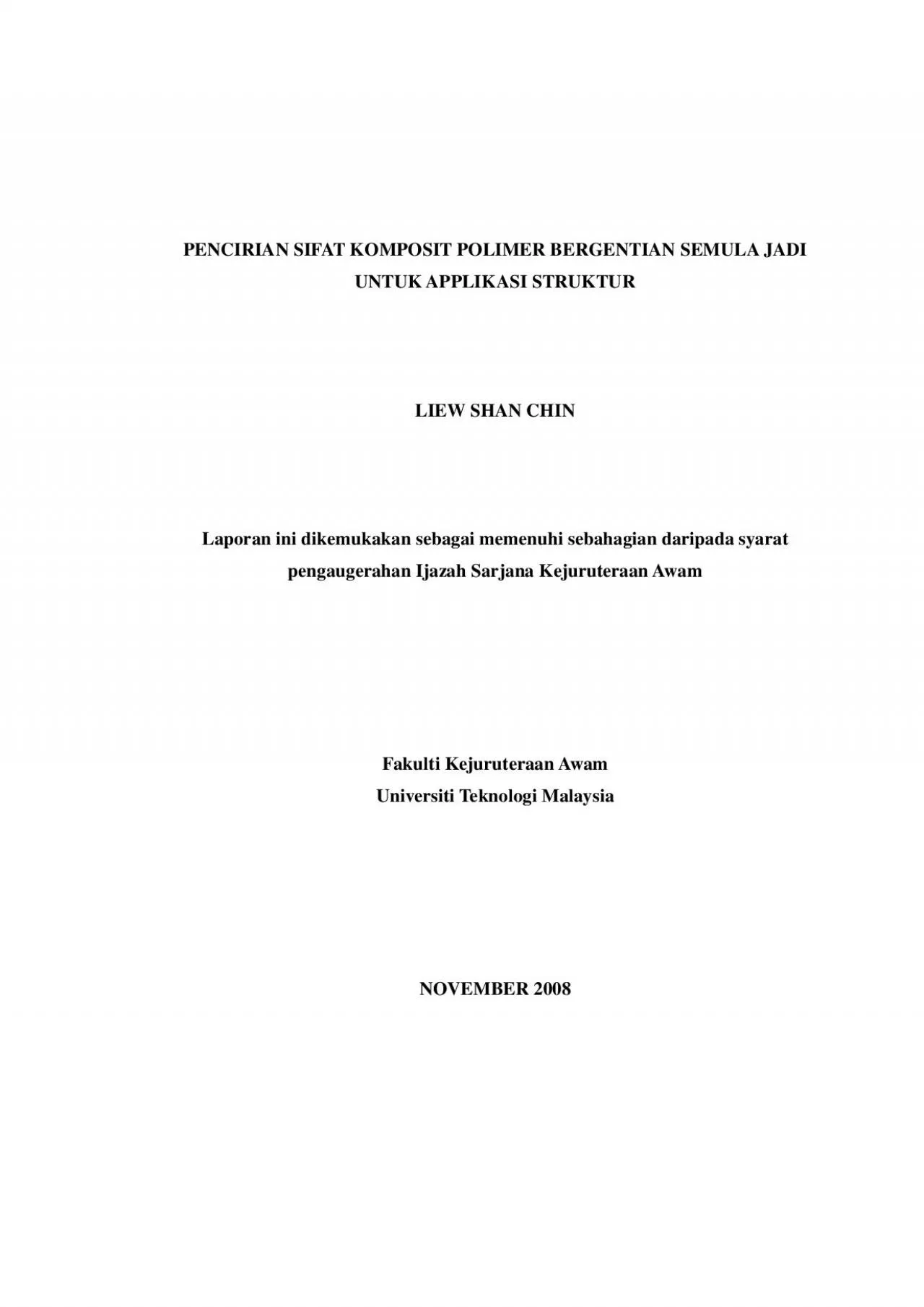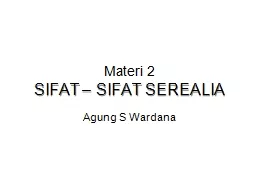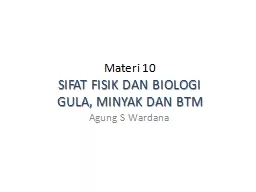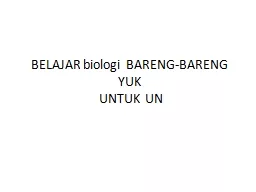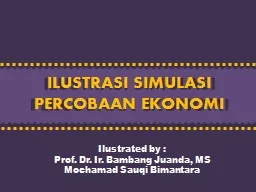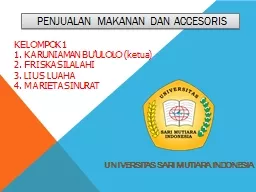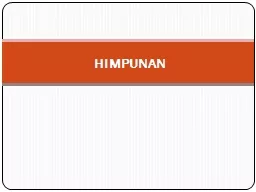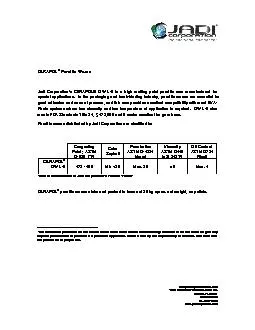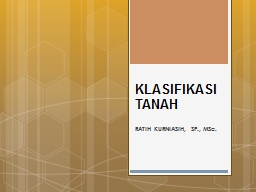PDF-PENCIRIAN SIFAT KOMPOSIT POLIMER BERGENTIAN SEMULA JADI UNTUK APPLIKAS
Author : susan | Published Date : 2020-11-24
CHARACTERIZATION OF NATURAL FIBRE POLYMER COMPOSITES FOR STRUCTURAL APPLICATION LIEW SHAN CHIN A report submitted in partial fulfilment of the requirements for the
Presentation Embed Code
Download Presentation
Download Presentation The PPT/PDF document "PENCIRIAN SIFAT KOMPOSIT POLIMER BERGENT..." is the property of its rightful owner. Permission is granted to download and print the materials on this website for personal, non-commercial use only, and to display it on your personal computer provided you do not modify the materials and that you retain all copyright notices contained in the materials. By downloading content from our website, you accept the terms of this agreement.
PENCIRIAN SIFAT KOMPOSIT POLIMER BERGENTIAN SEMULA JADI UNTUK APPLIKAS: Transcript
Download Rules Of Document
"PENCIRIAN SIFAT KOMPOSIT POLIMER BERGENTIAN SEMULA JADI UNTUK APPLIKAS"The content belongs to its owner. You may download and print it for personal use, without modification, and keep all copyright notices. By downloading, you agree to these terms.
Related Documents

